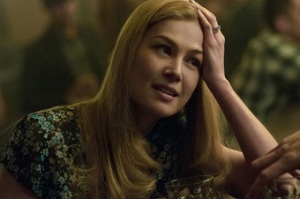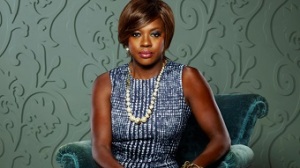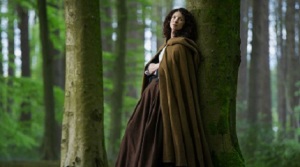Despite celebrities from Emma Watson to Beyoncé to Taylor Swift stressing on the importance of feminism in the past few months, there’s still much work to do with female representation in film and television. According to a recent study, female protagonists in 2014’s highest-grossing films make up only 12%. It’s not just the number of women roles or women in the industry but also what kind of characters women portray and the kind of roles they play. Are they stereotypical? What message are they sending to the audience? Do the roles empower them or not? Feminist or misogynistic? One has to be careful with creating female characters since the audience and critics are still picking out errors when it comes to female representation.

The “strong woman” has been thrown around as the ideal model and the need for more and less weak ones has been a common response. So far a “strong woman” is a woman who is physically strong, independent, armed but still have sexual appeal and they tend to be paired up with a man. There’s nothing wrong with that and exploring female sexuality, but it seems that the woman always ends up with being a love interest and being saved by a male hero.
Author Silvia Moreno-Garcia said that “part of the problem is the desire for “likeability.” For niceness. Girls still have to be sugar and spice, or perhaps, kung-fu and a pretty face.” True, how many strong female characters don’t fit Hollywood beauty standards? Do these common pretty strong women represent all women? Do they need to be attractive? Are women still defined by their appearance?

And for some reason, the attention is usually more focused on the female character’s romance rather than what they do, for example Katniss Everdeen (played by Jennifer Lawrence) in The Hunger Games. The media has focused on the love triangle in the films and has even compared the dystopian series to Twilight, a romantic fantasy. The Hunger Games and Twilight have nothing in common other than centring on teens.

Writers are pressured to add female characters in male-dominated stories, for example The Hobbit in which the elf warrior Tauriel is incorporated to make the series less of a “sausage fest”. However her role in the story is mainly driven by her love for the dwarf Kili. She doesn’t have a single scene where she’s alone or shown to have a task that’s not related to romance. She does fight but she fights to get to where her man is.
Carolyn Blackwood, producer of The Hobbit, said “Boys and girls need to see women doing strong things, because if you don’t see it, you can’t even imagine it.” It’s a good idea but we don’t see it in The Hobbit and what are these strong things? Additionally, there’s only one major female character in the films while Cate Blanchett’s elf queen Galadriel and several other women are in minor positions. Yes, they do fight in…the last film only and it’s either brief or off-screen. All the focus, in regards to women, is Tauriel breaking rules and fighting her way to get closer to her love interest.

Is there a reason for why female characters needs to be tied to romance? Where are the single ladies? We see these strong women start out as strong but end up in a traditional position or close to it. Their personality range is limited to fierce and soft.
Another thing that I’ve noticed is a growing number of female characters enduring “manpain” which describes the pain the male protagonist suffers because of things such as trauma or something that threatens his morality. Female characters are often sacrificed their lives for these men, helping them without giving a thought about their own wellbeing. It’s refreshing for the man to be emotional and not masculine but what about the women? The story still revolves around the man even if the protagonist is a woman.
It seems that women fare better in the television than in the film arena. Game of Thrones and True Blood have shown more diverse and well-rounded female characters, ranging from different ages to different types of “strong woman” to the point that the Game of Thrones author George R.R. Martin was asked what his secret was to writing women and surprisingly his female characters remain unchanged in the television adaptation – drawing in a large female audience. We see intelligence being represented as a trait that makes a women strong as well as the traditional roles of wife and mother not hindering the autonomy of women.

Among the new shows that concentrate on new definitions of the strong woman are the critically acclaimed Outlander and How To Get Away from Murder. Not only is the latter’s protagonist Annalise Keating (Viola Davis) is a woman with backbone and intelligence, she also represents diversity and an antithesis to stereotypes. Lindsey Addawoo explains “Only up until recently have black women began to star with more complex leading roles on primetime television that not only show off their brilliance, strength, and resilience, but also their fragility, vulnerability, and *gasp* humanity”. So it’s good to see this representation striving.

Outlander centres on Claire, a modern woman with a medical background, who time travels to 17th century Scotland where women face restrictions and therefore her beliefs and actions often clash with the locals. Of course she has a love interest but that doesn’t stop her from being independent or standing her ground which outshines her romantic relationship.

Hopefully 2015 would be more promising for female characters in film, and bring more improved aspects of the “strong woman” and less women being primarily designated to the romance plot.







